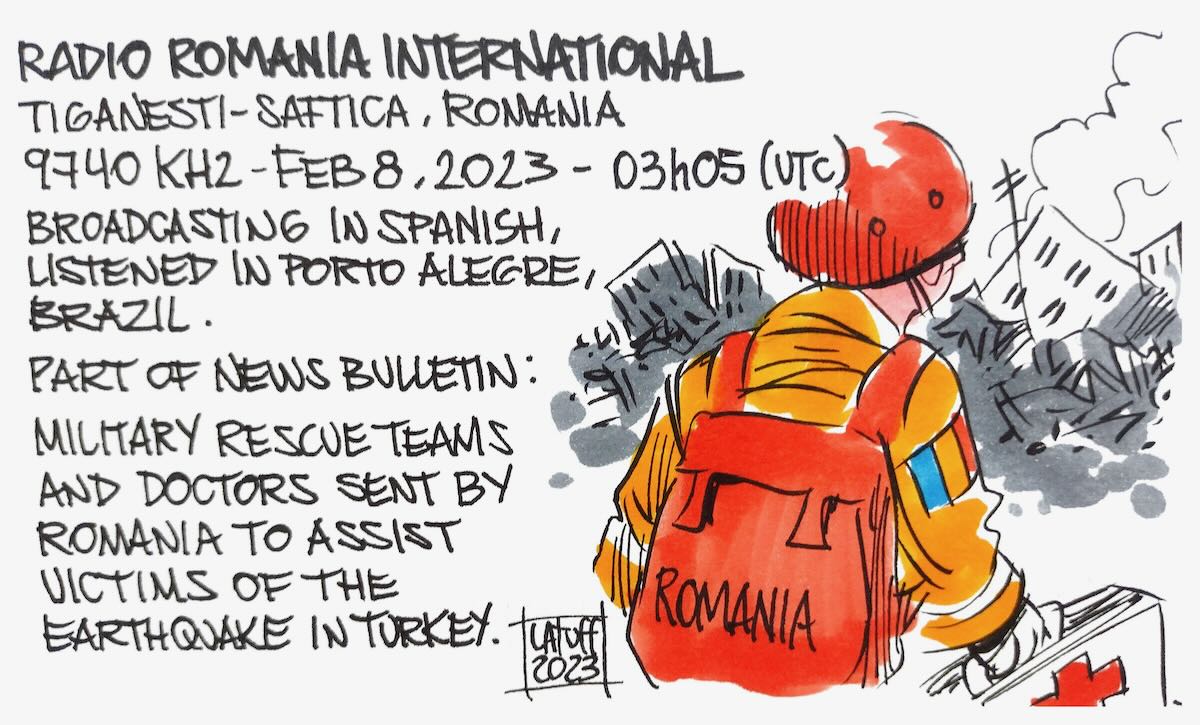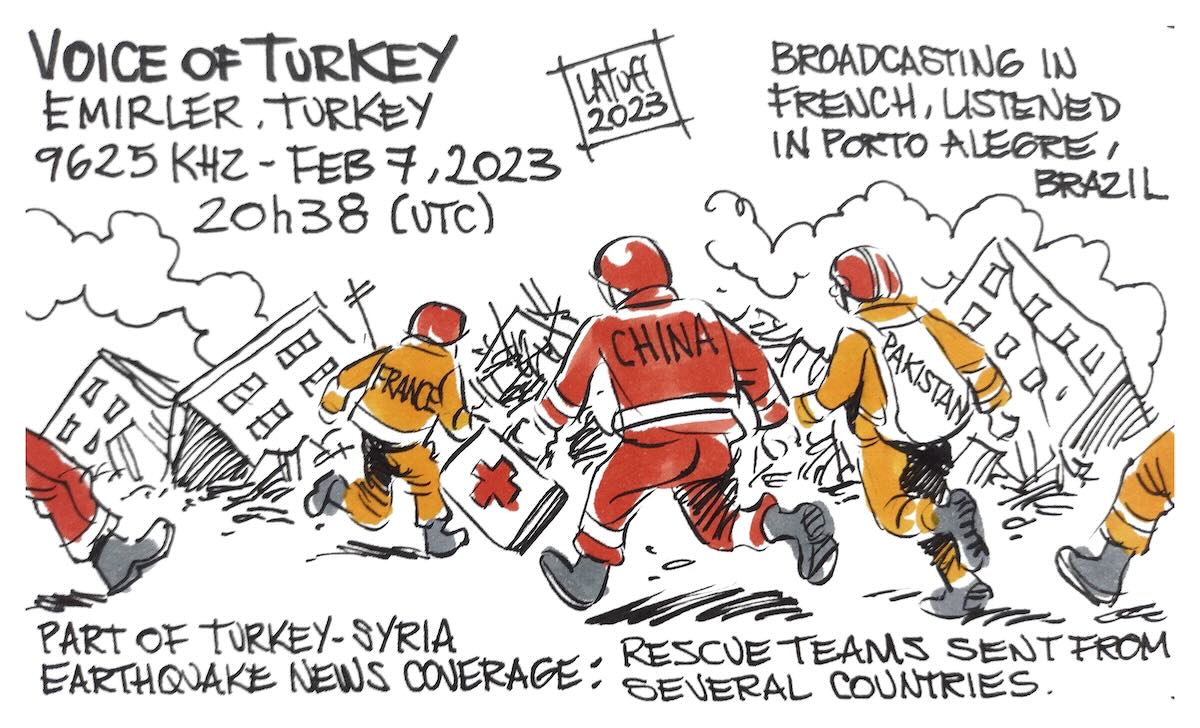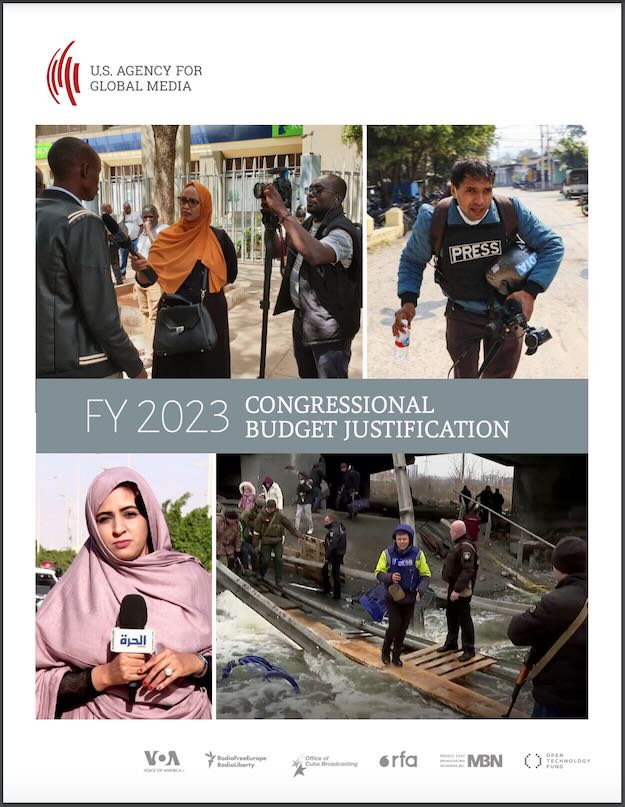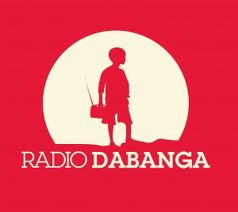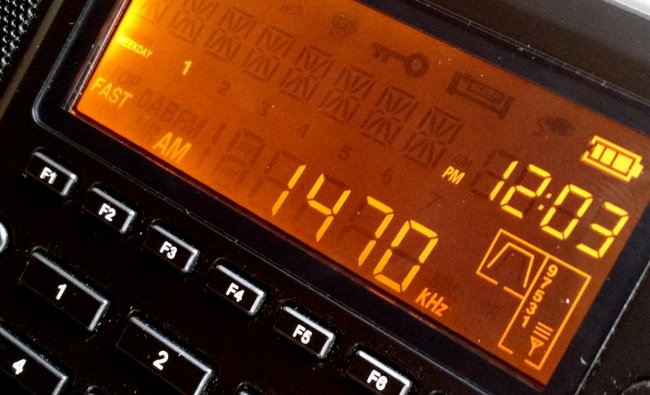
Cuenca Cathedral
Many thanks to SWLing Post contributor, Don Moore–noted author, traveler, and DXer–for the latest installment of his Photo Album guest post series:
Don Moore’s Photo Album: Cuenca, Ecuador (Part One)
by Don Moore
For me travel is all about seeing new places and having new experiences. When I retired in 2017 my plan was to spend the next fifteen years visiting new countries and new places in countries I already knew. Is that a viable goal? Three years ago while crossing the border from Ecuador to Colombia I shared a taxi with Dutch man who, like me, was traveling overland by bus with just a knapsack and a suitcase. And two weeks earlier he had celebrated his eightieth birthday. I don’t remember his name but he’s my hero.
The pandemic put a pause on travel but I’m happy to be back on the road. I’m currently in Ecuador, the country where I’ve spent more time than anywhere except the United States and Honduras. After landing in Quito at the beginning of December I visited four provinces I hadn’t been to before, including spending three nights at the bohemian beach town of Montañita where I had some good DX. I like seeing new places but there is also something to be said for returning to a familiar place that holds a special meaning. For me that place is where I am now – Cuenca, Ecuador.
My ex-wife and I finished our Peace Corps service in 1984, flew home to get married, and then in January 1985 flew to Quito, Ecuador to begin a long journey that would take us overland all the way to Buenos Aires and back. On our way to Peru in late February we stopped for a few days in Cuenca and fell in love with the little city. We visited Cuenca again in July at the end of our travels. When we left I knew we would be back but I never could have imagined the circumstances that would lead to that next visit. In 1997 we returned with our seven-year-old daughter to adopt a six-year-old son. We spent almost three weeks in Cuenca doing all the required paperwork but we had no complaints as we enjoyed being there so much. I clearly remember sitting in a park one day and commenting that Cuenca would be a perfect place to retire in someday. I was only ten years ahead of my time.
La Voz del Río Tarqui
Cuenca was home to several shortwave broadcasters over the decades but La Voz del Río Tarqui was probably the best known to my generation of DXers. The station was founded in 1960 by Manuel Pulla but didn’t begin its shortwave service on 3285 kHz until 1982. My loggings of the station run from July 1982 through 1997 but I believe they were on shortwave for a few more years after that. (Don’t confuse La Voz del Río Tarqui with Radio Tarqui, a sometimes broadcaster from Quito on 4970 kHz.)
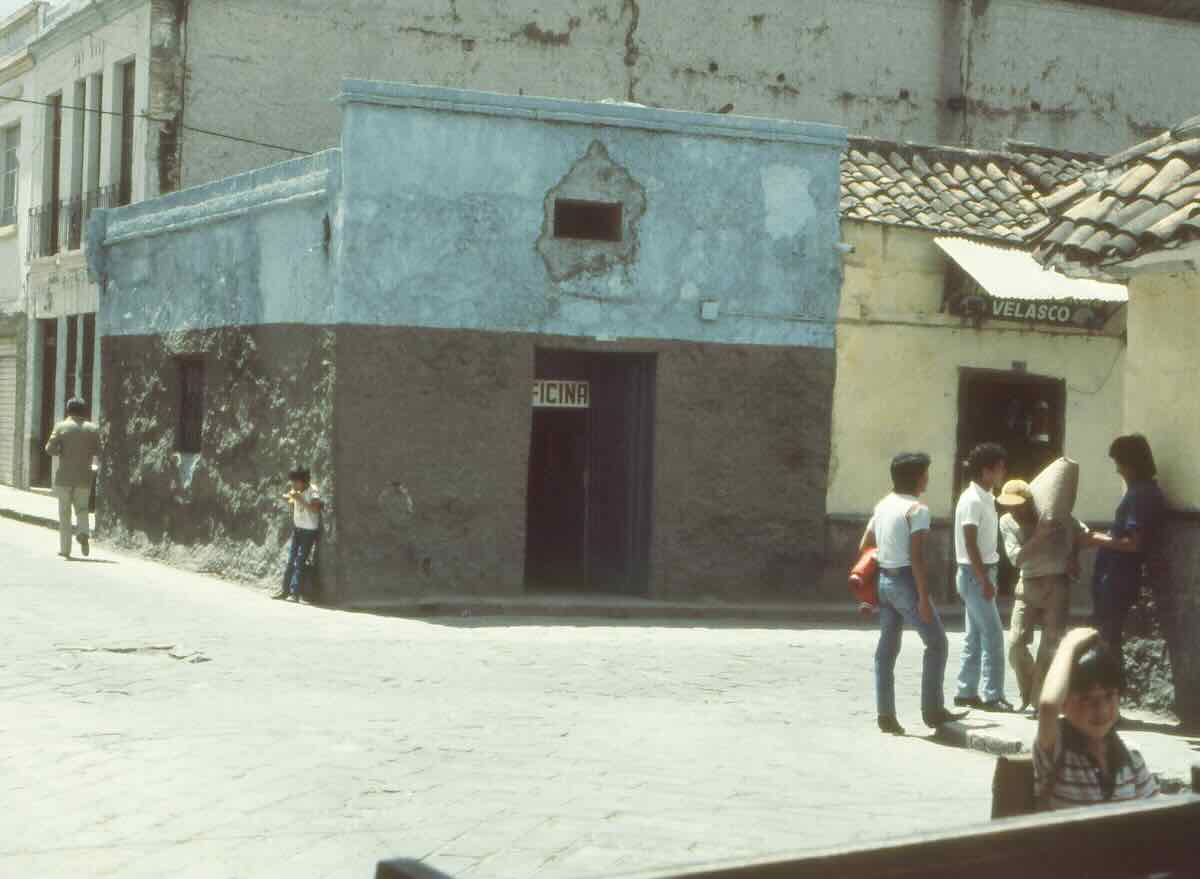
La Voz del Río Tarqui in 1985. The facilities inside were no more impressive than the outside of the building was.
La Voz del Río Tarqui takes its name from the famous Battle of the River Tarqui. After the new countries of South America gained their independence from Spain there was often disagreement over just where the boundaries were that they had inherited from Spanish rule. Ecuador was in a union with present-day Colombia and Venezuela until 1830 and during this time Peru claimed much of present-day southern Ecuador, including Cuenca and Guayaquil. In 1828 a large Peruvian army occupied Loja, to the south, and a few months later marched north to complete their conquest. In February 1829 General Antonio de Sucre, a hero of the war of independence, met the Peruvians on the banks of the Tarqui, twenty-five kilometers south of Cuenca. Both sides suffered heavy losses but Sucre’s army routed the Peruvians. Cuenca, Guayaquil, and Loja remained a part of Ecuador. Continue reading →
 Many thanks to SWLing Post contributor, TomL, who notes that the 2023 edition of the WRTH is now available from at least two retailers and is expected to ship this month (February 2023). Tom writes:
Many thanks to SWLing Post contributor, TomL, who notes that the 2023 edition of the WRTH is now available from at least two retailers and is expected to ship this month (February 2023). Tom writes:
